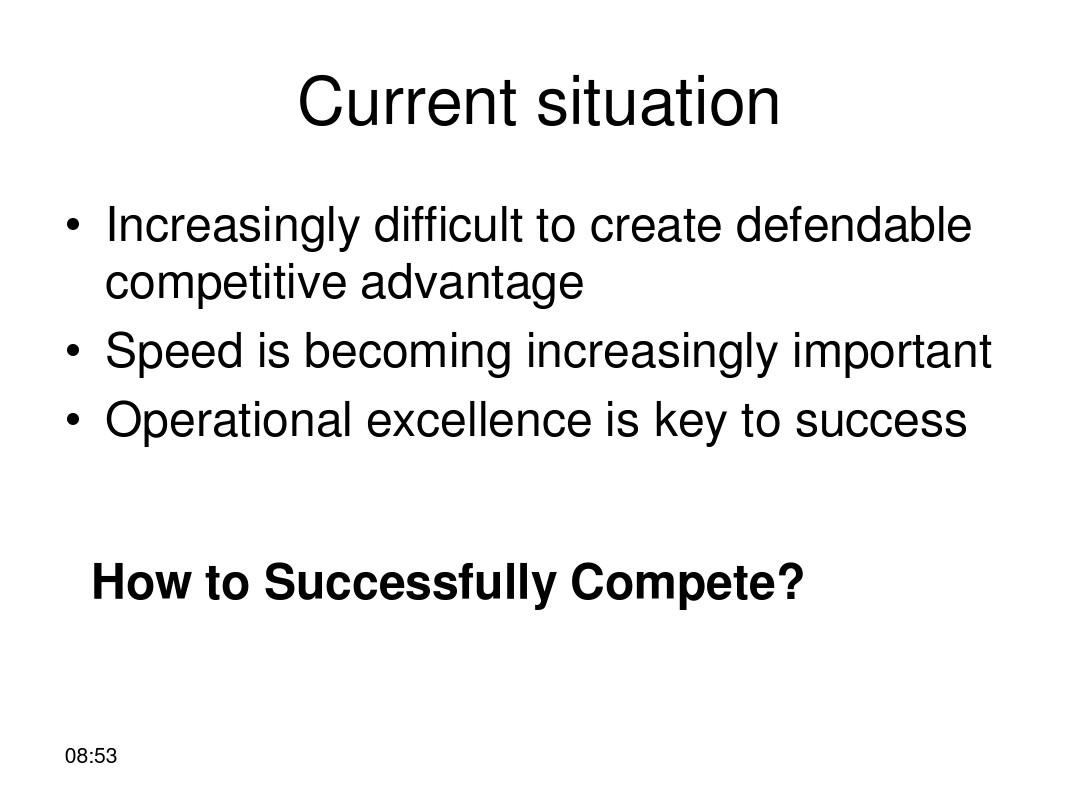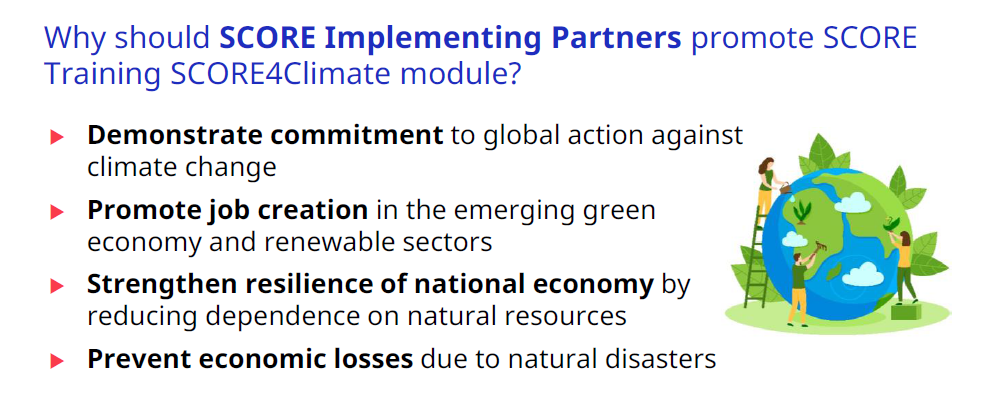Title: The Scope of Quality Inspection in Down Comforters
Quality inspection is an essential process that ensures the production of high-quality down comforters. In this article, we will discuss the various aspects of the quality inspection work for down comforters, including the types of tests conducted, the importance of these tests, and the steps involved in the inspection process.
1、Types of Tests Conducted in Down Comforter Quality Inspection

The quality inspection of down comforters involves a comprehensive evaluation of the product's performance, durability, and overall quality. There are several types of tests that are conducted to ensure the compliance of down comforters with industry standards and consumer expectations. These tests include:
a) Fill Power Test: This test measures the amount of down filling in the comforter. The fill power determines the warmth and insulation value of the comforter, with higher fill power values indicating better performance.
b) Durability Test: This test evaluates the resistance of the comforter fabric to wear and tear over time. It assesses factors such as pilling, shrinkage, and color fading.
c) Cleanliness Test: This test checks the cleanliness of the comforter both inside and out. It examines the presence of dirt, dust, or debris on the surface of the fabric and the ability to remove them easily.
d) Thermal Performance Test: This test measures the heat retention capacity of the comforter, ensuring that it maintains a consistent temperature throughout the night.
e) Weight Test: This test assesses the weight of the comforter, which can impact its feel, warmth, and overall performance.
f) Machine Wash Test: This test verifies that the comforter can be washed and dried properly using standard laundry machines without damaging the fabric or filling.
g) Fire Retardant Test: Some down comforters may contain fire retardant materials added to improve safety. In these cases, a specific fire retardant test is conducted to ensure compliance with relevant regulations.
2、Importance of Quality Inspections in Down Comforter Production
Quality inspections play a critical role in maintaining the integrity and performance of down comforters. They help ensure that each comforter meets established industry standards and consumer expectations for quality, safety, and functionality. Some of the key benefits of conducting quality inspections in down comforter production include:
a) Improved Product Performance: By identifying defects and issues early in the production process, quality inspections can help prevent problems from arising later on, ultimately improving the overall performance and effectiveness of the comforter.

b) Enhanced Consumer Satisfaction: By ensuring that each comforter meets rigorous quality standards, manufacturers can build customer trust and confidence, leading to increased satisfaction among consumers and positive word-of-mouth marketing.
c) Reduced Costs: By identifying and addressing potential issues early in the production process, quality inspections can help minimize rework, waste, and other associated costs. This results in more cost-effective and efficient production processes overall.
3、Steps Involved in Down Comforter Quality Inspection Process
The quality inspection process for down comforters typically involves several stages, each designed to assess different aspects of product performance and compliance with industry standards. Here's an overview of the steps involved in this process:
a) Pre-Production Inspection: During this stage, manufacturers conduct a preliminary inspection of raw materials and components used in the production process. This helps identify any potential issues or defects that could affect the final product's quality.
b) Manufacturing Inspection: Once the production process begins, manufacturers conduct regular inspections throughout the manufacturing cycle to ensure that each step is performed correctly and consistently meets quality standards. These inspections may involve visual checks, manual testing, or automated testing systems.
c) Assembly Inspection: After all components have been assembled into a complete comforter, manufacturers conduct an assembly inspection to ensure that everything is aligned correctly, stitches are strong, and there are no loose threads or other issues.
d) Final Testing: Before releasing a comforter for sale, manufacturers conduct final testing to verify that it meets all necessary quality standards and specifications. This may involve additional tests not covered in earlier stages, such as machine wash tests or fire retardant testing if applicable.
e) Reporting and Auditing: Once all inspections are complete, manufacturers compile reports detailing their findings and send them to their customers or regulatory bodies for review. Depending on their requirements, some organizations may also perform independent audits to verify compliance with industry standards.
In conclusion, quality inspection is a vital component of down comforter production, ensuring that each product meets strict standards for performance, durability, and overall quality. By understanding the different types of tests conducted during this process and their importance, manufacturers can work to produce comfortable, safe, and high-performing down comforters for consumers worldwide.
Articles related to the knowledge points of this article:
How Much Money Can I Get for a Real Down Comforter?
Title: The Art of Zhejiang Down Comfort: Crafting World-Class Down Quilts
Title: The Ultimate Guide to Buying the Perfect Down Comforter
Title: The Wonders of Down: An Exploration of Down Pillowcases and Duvet Covers



